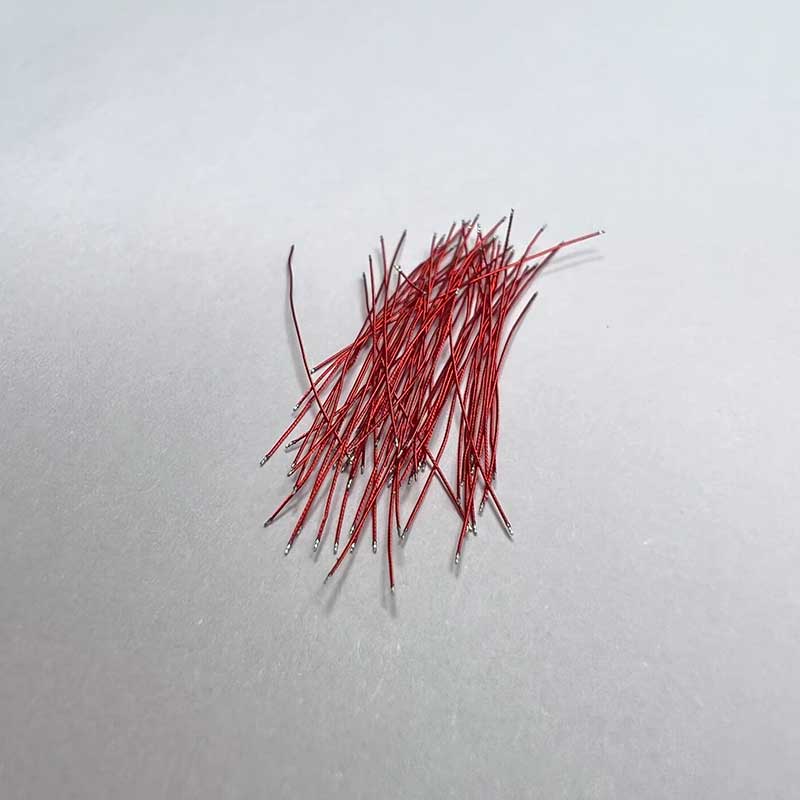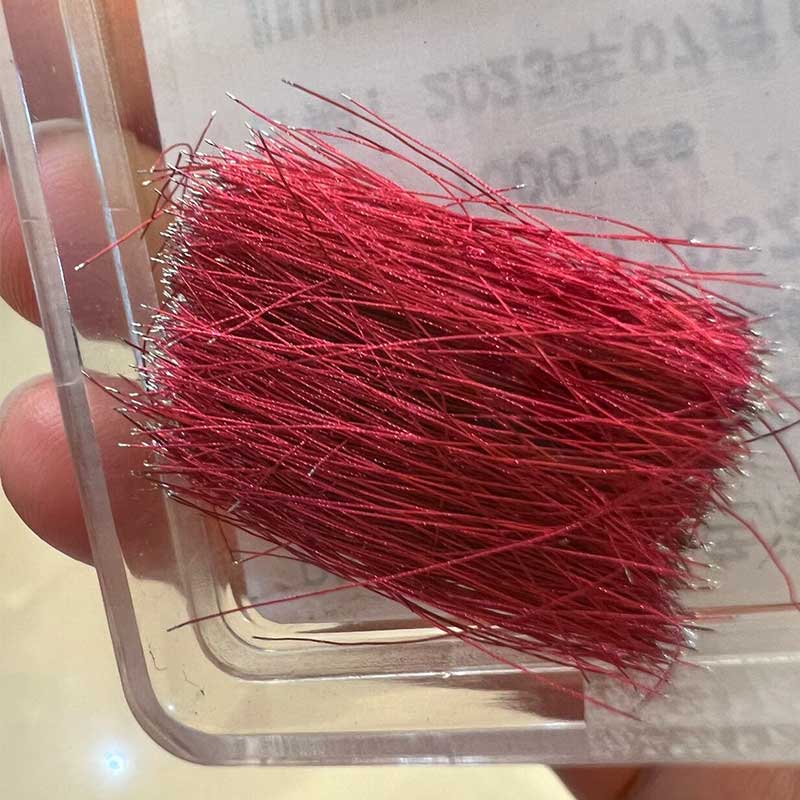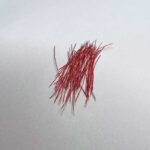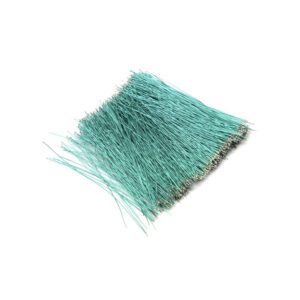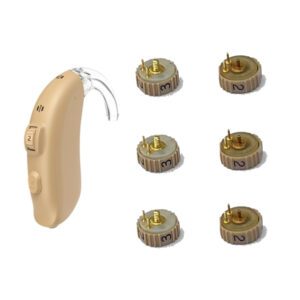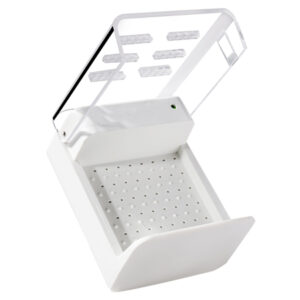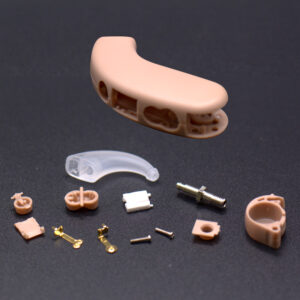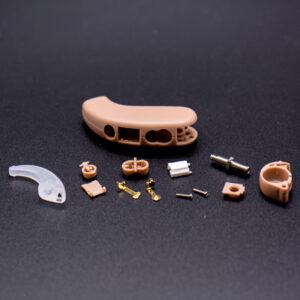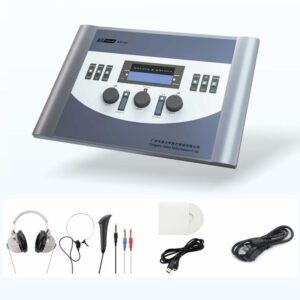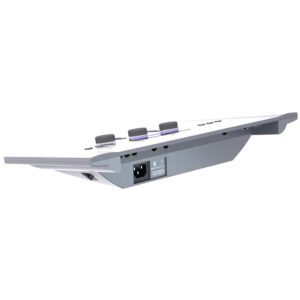Guide on hearing Aid Circuit Wire Connection
A Hearing Aid Circuit Wire Connection refers to the process of connecting the electrical wires within a hearing aid device to establish the necessary electrical pathways between various components, such as the microphone, amplifier, receiver, and power source.
This connection is a critical aspect of hearing aid assembly and plays a vital role in the functionality and performance of the hearing aid.
Sound Transmission:
hearing Aids rely on precise electrical connections to transmit and amplify sound effectively. Any disruptions or poor connections in the wiring can result in distorted or weak sound signals, adversely affecting the device’s primary purpose of improving hearing.
Reliability:
A secure and well-executed wire connection ensures the long-term reliability of the hearing aid. Loose or faulty connections can lead to intermittent issues or complete device failure, which can be frustrating for users.
Sound Quality:
Properly connected wires are crucial for maintaining high sound quality. If the connections are subpar, it can introduce noise, interference, or feedback into the audio signal, diminishing the user’s experience.
User Comfort:
A well-assembled hearing aid minimizes the risk of wire-related discomfort for the wearer. Poorly connected wires might cause irritation or discomfort within the ear canal, negatively impacting user satisfaction.
Safety:
Incorrect or poorly executed wire connections can potentially lead to electrical issues, overheating, or other safety concerns. Ensuring proper connections is essential for user safety.
Customization:
Some hearing aids may require specific wiring configurations to accommodate individual hearing needs. Accurate wire connections allow for customization to match the user’s hearing profile.
In summary, hearing aid circuit wire connections are crucial for the overall effectiveness and reliability of hearing aid devices. Properly connecting these wires is essential to ensure that the device functions as intended, delivering clear and comfortable sound amplification for individuals with hearing Loss. Any errors or subpar connections can lead to a compromised user experience, potentially impacting the user’s ability to communicate and engage with their surroundings effectively.

